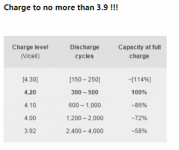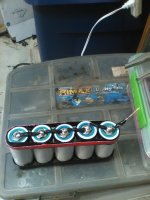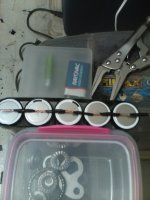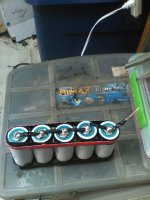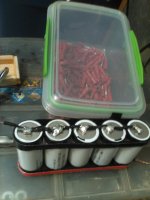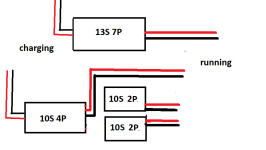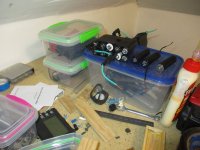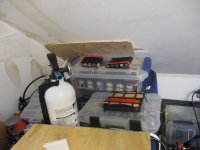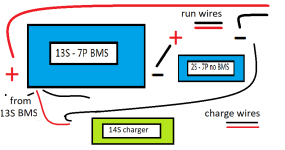You ordered and then asked opinions. Now someone should have helped you? I’m sorry to say you just charge forward regardless of your friends help here.
Yes. You have a point.
E bikes and battery building is an ongoing learning experience. The more you study the more you learn. There is always new and different ways to improve and upgrade an e bike or battery. Any build leaves room for some sort of improvement and that is why this post is so long and I spend the time in my e bike workshop. Not lately though as way too hot in that little closet.
I think I did ask a few days before I ordered but should have waited a little longer for a response and I should have watched the you tube video before ordering.
Not really sure if there is a way to calibrate the meter I got so it will work better.
The guy in the video did not even try and not even sure if there is a way to do it. I know a multi-meter had a dial inside it you can adjust for voltage but do not know about iR.
If there is a way to get a stable reading at least I could get a ball park reading. If it is really high then I know the cell is garbage.
I did test a few cells that were very low in voltage and some of them read really high. I am separating any cell < 3V anyway so if they test higher than the others for iR also then I know not to use them.
Cells < 1V will never charge right and need to be re cycled ? I have some cells > 1V and < 2V and cells > 2V and < 3V also.
I still have a bunch of cells I need to extract from the plastic cases. I should have enough healthy cells to build a 13S - 10P pack.
I never got any feed back about charging voltage for 18650 cells. I posted the information on charging to 4.1V instead of 4.2V and even 4V and 3.92V to increase lifespan to > 2,000 cycles.
For short trips < 10 miles I should not need to charge to 4.2 or even 4.1 with a large capacity pack. Also if I did have a cell with high internal resistance that I missed would it be a lot safer to charge at a less voltage as long as I do not dis charge below 3.6V ????????

2
A LiIon cell charged to 4.2V WILL NOT "settle" to 3.9x volt in a few hours. LiIon maintain terminal voltage extremely well (unlike most other chemistries). || Battery University BU808 table 4 shows capacity versus Vchg max. Rule of thumb - capacity drops 10% per 70 mV reduction. | 3.92V ~~= 58% capacity and 2400-4000 cycles. | "Somewhere [tm] you'll find a superb long Mars Rover battery system design paper - they get maybe 8000 cycles - at AFAIR 3.65V max? ||| ... – Russell McMahon♦ Apr 12 '18 at 12:04
One really good reason besides the extra cycles is I would like to parallel the factory built 13S - 7P pack to the 13S - 10P pack I am building from used cells but the 13S charger charges at 53.6V or 4.2V per cell and has a special charging port wire. I would need a new plug for it to hook it up for 4.1V LiLO charge. However would like a charger that could do 3.92V for the 2,400 - 4.000 cycle range as running at 13S - 17P it should still be good for 10 - 15 miles at 3.9V - 3.6V.
Then there is the 10S - 10P pack which are really old and probably close to 1,000 cycles or more and the new 10S - 8P pack all charged at 4.2V per cell. I could probably get another 500 cycles out of the old 10S - 10P pack at 3.92V and like 1,500 extra cycles from the newer 10S - 8P pack which is probably < 500 cycles now.
Any feedback on that will be greatly appreciated.
Thanks.
LC. out.


